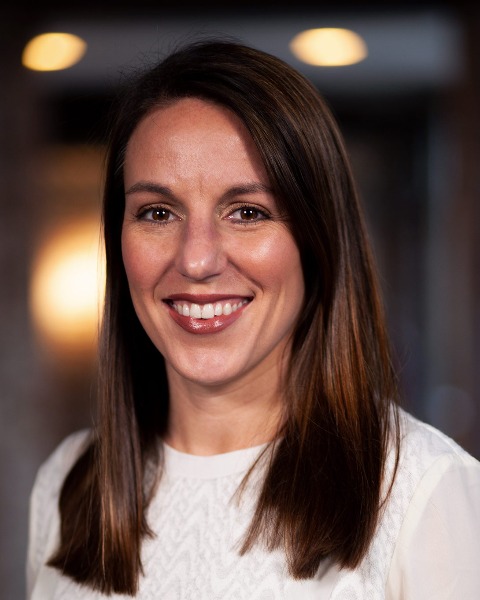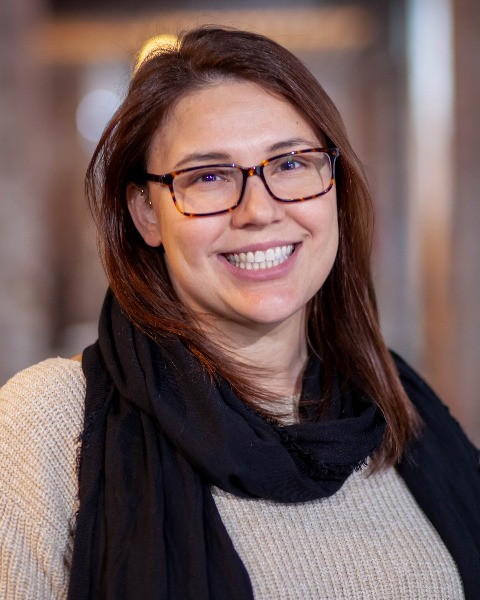We spend countless hours celebrating architectural masterpieces and preserving historic gems, yet the future of design excellence might just lie in that vacant big box store in an unremarkable retail strip mall you passed on your way here. This session explores how our profession's greatest opportunity isn't in creating new icons, but in transforming the vast landscape of ordinary buildings that fill our cities. Through case studies and honest conversations about successes and challenges, discover how thoughtful adaptation of everyday structures not only makes environmental sense but often leads to the most compelling design solutions. Learn why these overlooked buildings - the ones that would never make the cover of a magazine - might just be the key to meeting our profession's environmental commitments while creating spaces that genuinely serve modern needs. Perfect for designers who understand that sometimes the best stories start with "you'll never believe what this used to be."
Kirsten Sheely, NCIDQ, IIDA
Principal
WSA
Kirsten Sheely, Principal at WSA, is a leader in transforming underutilized commercial spaces into vibrant workplace and community destinations. Her innovative work with national coworking providers has revolutionized how we approach vacant retail and commercial properties. Kirsten specializes in reimagining overlooked buildings into dynamic, tech-enabled environments that serve modern users. Her projects demonstrate how thoughtful adaptation can transform ordinary spaces into extraordinary community assets while promoting sustainable development.
Phil Riazzi, AIA
Project Manager
WSA
Phil, an experienced architect and Project Manager at WSA, specializes in the adaptive reuse of contemporary and suburban structures. Phil's expertise spans a wide range of projects, from repurposing office complexes to revitalizing underutilized suburban sites. He employs cutting-edge technology and sustainable design principles to breathe new life into modern structures, creating environments that respond to evolving community needs. Phil's work demonstrates how adaptive reuse can enhance urban and suburban landscapes, promote environmental sustainability, and foster community engagement. His projects demonstrate the potential of adaptive reuse in creating vibrant, mixed-use spaces from contemporary buildings.
Lauren Miller, AIA
Senior Architect
WSA
"Lauren Miller, Senior Architect at WSA, leads design teams in discovering the hidden potential of unremarkable buildings. Her expertise in creative adaptation has transformed numerous overlooked properties into impactful, authentic environments. Lauren's approach combines innovative problem-solving with practical experience to elevate ordinary spaces. Her work demonstrates how strategic design intervention can unlock extraordinary possibilities in existing buildings while preserving resources and enhancing community value.
This content will not be available until 06/09/2025 at 8:00 AM (EDT)








